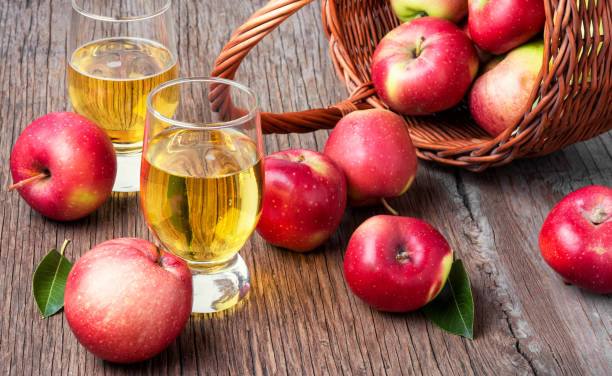In the diets of older Australians, black tea is the most important source of flavonoids. Other sources include oranges and orange juice (2.7%), bananas (0.9%), and green tea (1.3%).
They protect plants against microbes and insects, which could explain their health benefits for humans. They are responsible for the sensory qualities of food, such as color, flavor, and astringency.
Anthocyanins are responsible for pigments such as red, blue, and purple in strawberries, cherries, blueberries, and plums. Also, they’re found in red wine and other beverages, such as coffee and tea. Some vegetables, like red onions and cabbage, also contain them.
How can berries benefit brain health?
Anthocyanin-rich fruits affect the brain in a variety of ways. Some pathways work together to improve cognitive function and prevent brain degeneration.
The high antioxidant content in these fruits can reduce inflammation and scavenge harmful free radicals.
The flavonoids found in this fruit can also inhibit the death of nerve cells and improve the connections between neurons, particularly in areas of the brain that are associated with memory and learning (hippocampus).
Flavonoids can also prevent the formation of plaques in the brain by disrupting the accumulation of amyloid beta. Amyloid plaques, which are a sticky buildup of these proteins outside neurons and may be implicated in Alzheimer’s disease, are sticky accumulations.
A large serving of fruits rich in anthocyanins may improve learning abilities, memories, and motor skill.
Researchers have found that those who regularly eat berries (two to three servings per week) are more likely to be in better health and to experience better brain functions.
Diet and dementia
Dementia, the second most common cause of death for older adults over 65 years old, is the leading cause of disability among this age group. Even small delays to the onset and progression of dementia can have a significant impact on the burden this disease has on society.
Our research team found that anthocyanin rich cherry juice can improve the memory of older adults suffering from mild to moderate Alzheimer’s dementia. To overcome seasonality, participants were given a 200ml serving of cherry juice per day.
After 12 weeks of regular consumption, the people who consumed cherry juice significantly improved their scores on tests related to word and memory recall compared to those given an alternative fruit drink that contained minimal amounts of anthocyanins.
Purple Fruit Frontier
The demand for anthocyanin-rich fruits is increasing as more information is learned about their health benefits. The Queen Garnet is an Australian-bred, developed by Queensland government researchers, plum that has five times more anthocyanins than normal plums.
So far, animal studies have shown impressive results for its potential to improve your health. After eight weeks, obese rats were fed the Queen Garnet Plum juice. Their high blood pressure, fatty hepatitis, poor heart function, and arthritis all returned to normal.
Now, we are investigating the role that Queen Garnet plums play in cognitive function for people who show early signs of memory impairment.
How can you tell if it’s a fruit?
Complexity is a key factor in food-based studies. We need to first understand how the body metabolizes bioactive compounds.
Anthocyanins quickly break down in the digestive system into a variety of digestive substances called metabolites, many of which are excreted through the urine in about six hours. The anthocyanin compounds themselves may exert physiological effects. It could also be its many metabolites.
It is unclear what “dose” of anthocyanin is required to achieve health benefits and how it can be obtained from food. Acute crossover study found that the effects of cherry juice on blood pressure over six hours could only be seen when 300ml were consumed in a single portion and not three 100ml pieces over three hours.
It is also possible that the anthocyanins may interact with other nutrients and produce synergistic results when combined. They may also have a stronger combined effect than when consumed separately.
Although the impact of diet on cognitive health is positive (purple), eating a bowl full of cherries will not counteract the other lifestyle factors that contribute to cognitive decline. For healthy brains as we age, it’s important to quit smoking, reduce saturated fat and be physically active.



